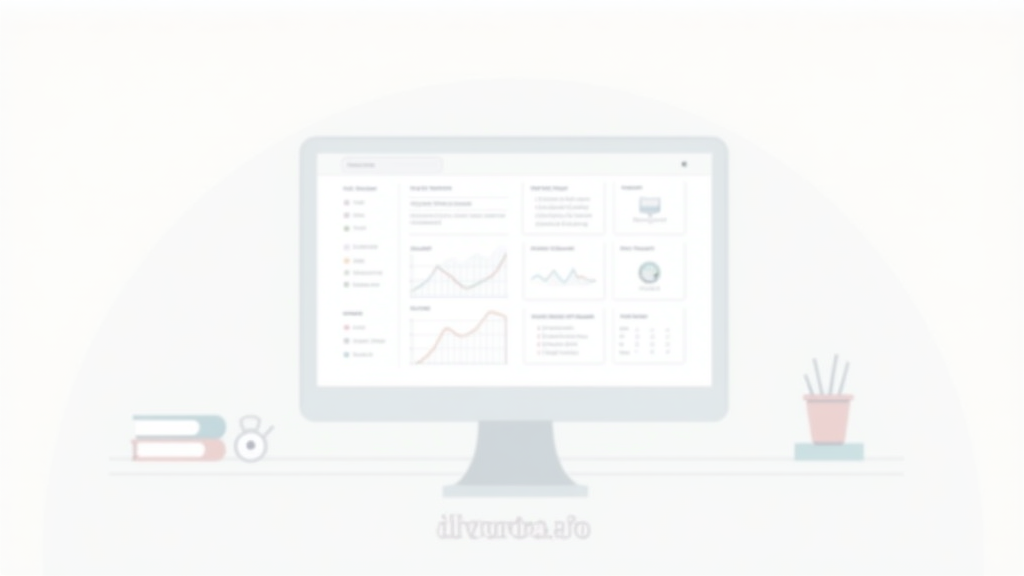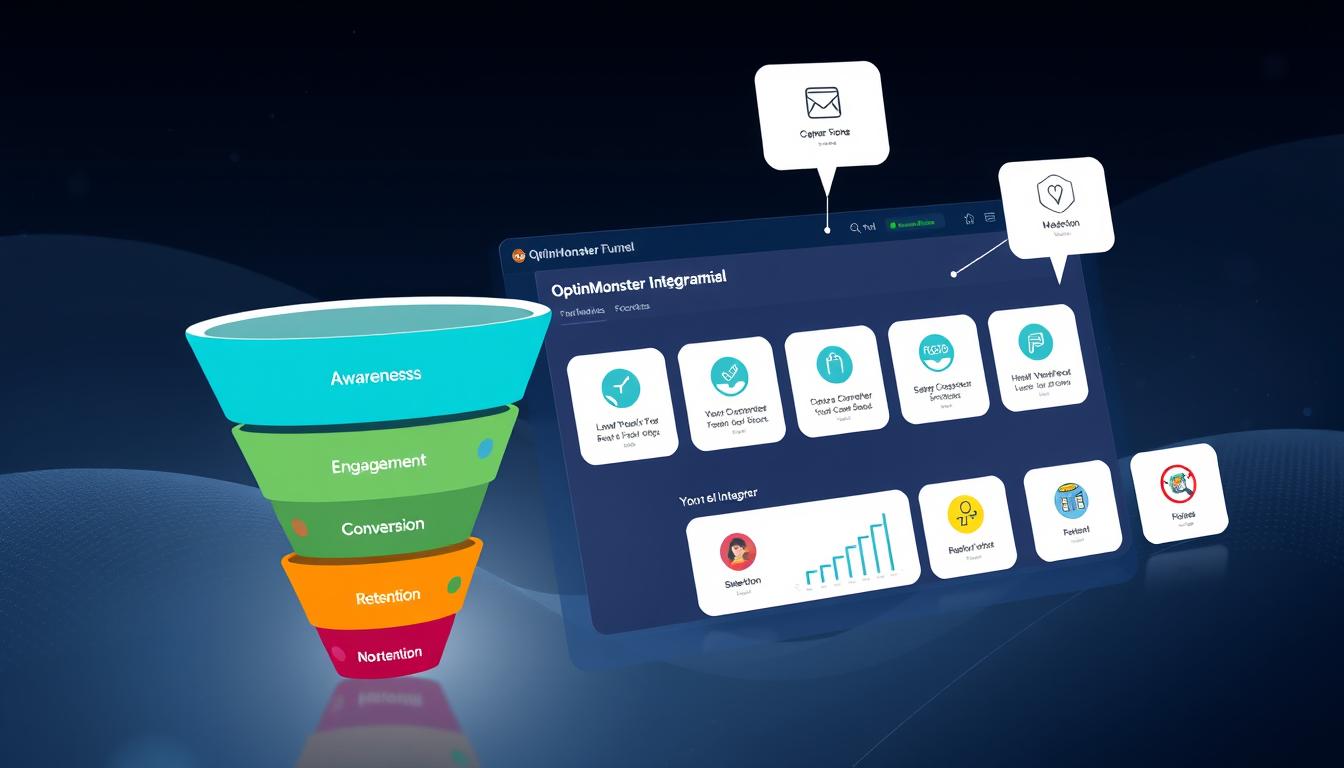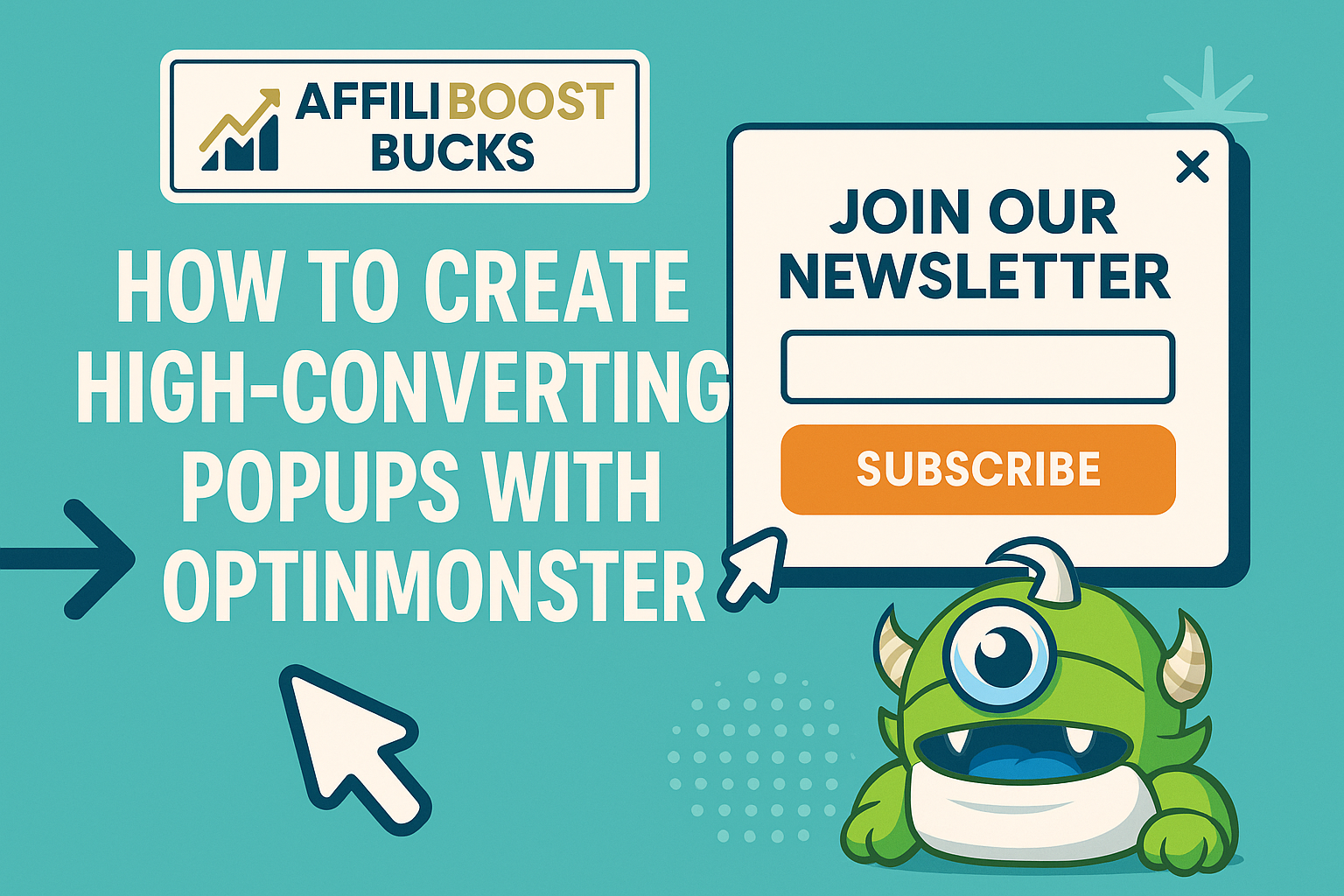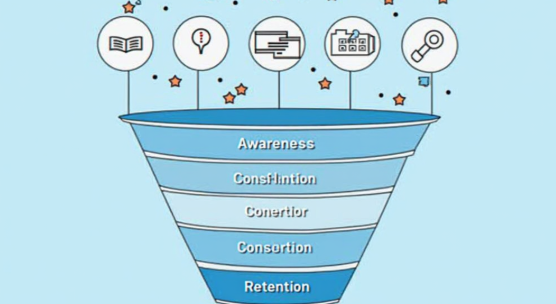Getting Started With ConvertKit: A Beginner’s Guide
 ConvertKit has quickly become one of my top email marketing tools, especially for creators, bloggers, and small business owners. Learning to use ConvertKit may feel a bit intimidating at first, but once you get the basics down, it opens up a world of possibilities. When I started, I had zero background in email marketing and no clue where to begin. After testing things out and playing with its different features, I saw how easy it was to grow an audience, keep in touch with readers, and make some pretty handy automations work for me.
ConvertKit has quickly become one of my top email marketing tools, especially for creators, bloggers, and small business owners. Learning to use ConvertKit may feel a bit intimidating at first, but once you get the basics down, it opens up a world of possibilities. When I started, I had zero background in email marketing and no clue where to begin. After testing things out and playing with its different features, I saw how easy it was to grow an audience, keep in touch with readers, and make some pretty handy automations work for me.
If you’re a beginner to ConvertKit or jumpstarting your first adventure into email marketing, this guide has you covered. I’ll walk you through ConvertKit’s core features, getting your account ready, building your first email list, and sending out your first broadcast. By the end, you’ll have the confidence to start connecting with your audience—and planting the seeds for real growth and online success.
What is ConvertKit and How Does It Work?
ConvertKit is an email marketing platform purposely built for creators. With it, you can collect subscribers, send broadcast emails, automate sequences, and sort your audience so the right people get the right info. I enjoy using it because the layout is clear and user-friendly. You get strong automations without feeling overwhelmed by complex options.
Main Features of ConvertKit You Should Know:
- Email signup forms and landing pages to capture subscribers
- Broadcast emails for updates or newsletters
- Email sequences to automate drip campaigns
- Tags and segments for group management
- Visual automation builder to build out workflows
- Simple analytics to measure how your emails are doing
The features are set up to help beginners but also have more in-depth possibilities for when you want to step up your marketing game.
Setting Up Your ConvertKit Account
Getting up and running with ConvertKit is quick and painless. My first time setting up took just a few minutes, and the process was simple enough for anyone. You can start with a free plan—perfect for trying things out and seeing if it fits your needs.
How to Sign Up:
- Visit the ConvertKit website.
- Click the “Get Started for Free” button.
- Enter your name, email, and password. There might be a few questions about your goals or business—just be honest so the onboarding tips match your needs.
Account Setup Checklist:
- Confirm your email address (check your email inbox for the confirmation link).
- Set your sending email (use your own business domain instead of Gmail or Yahoo. This helps avoid spam).
- Add your physical address—email marketing laws in most countries require this.
Setting up correctly helps you build trust and avoid technical problems. When I used a free email provider the first time, some emails ended up in spam, so I highly recommend using a branded email from your own domain.
Creating Your First Email List in ConvertKit
Your email list is simply a collection of people who raise their hands to get updates or resources from you. In ConvertKit, subscribers are your list, and you can group them using tags and segments for precision.
Steps to Start Building Your List:
- Create a form or landing page. In the “Grow” menu, pick “Landing Pages & Forms.” Click “Create New” and pick your style. Customization is simple—change text, color, and add fields as you like.
- Add the form to your site. If you have a website, copy the embed code and drop it where you want it to show. No website? Use the direct landing page link ConvertKit gives you.
- Make an offer to attract signups. Give something valuable (even something quick like a PDF, cheat sheet, or weekly tips) so people want to join your list. My first 100 subscribers came in because of a no-fluff, one-page cheat sheet.
Tips for Growing Your List:
- Share signup forms on social media profiles and posts.
- Add your form link in your email signature.
- Use different forms for different lead magnets or offers and group them in ConvertKit for easy tracking.
It’s better to start with a small, lively list than a massive, silent one. Ten people who care about what you share are worth more than a hundred who never read a word.
Understanding Broadcasts, Sequences, Tags, and Segments
ConvertKit’s categories for sending and sorting emails might look new but learning them from the get-go makes using the tool smoother in the long run.
Broadcasts
Broadcasts are single-use emails sent once to selected subscribers. These could be a newsletter, announcement, or promo. For anything timely—like announcing a new product or post—I lean on broadcasts.
Sequences
Sequences are like automated email series, sent over several days or weeks. They’re ideal for welcomes, mini-courses, or delivering tips on a schedule. I usually set up a friendly three-part series for new signups to help them feel at home.
Tags
Tags let you label people based on what they want or how they’ve responded. I use tags such as “PDF Downloaded” or “Clicked Special Offer” to keep tabs on interests.
Segments
Segments are dynamic groups that update as subscribers meet your chosen criteria, letting you email only those most likely to care about each message. This boosts response rates significantly.
Sample Workflow:
- Someone signs up via your form.
- You tag them as “New Subscriber.”
- They’re entered into a welcome sequence.
- They get added to a segment tailored to their interests for future emails.
Sending Your First Email Campaign
Sending your first email with ConvertKit is a big step. I still remember feeling both excited and nervous the first time I sent a newsletter. Thankfully, ConvertKit keeps it simple so you can focus on your message, not the tech.
How to Send an Email Broadcast:
- In your dashboard, hit “Send” then select “Broadcast.”
- Pick the group you want to contact (all, tags, or segments).
- Write your subject and email content. Keep it friendly and true to your voice—I write like I’m talking to a friend.
- Send yourself a test email to see how it looks, then tweak as needed.
- Choose to send immediately or schedule it for later.
Tips for Great Emails:
- Pick interesting subject lines that spark curiosity and prompt people to open.
- Write as if you’re addressing one person to make emails personal.
- Add a good call-to-action, like “reply with your top challenge” or “click here for the free download.”
- Don’t get discouraged if numbers are low at first. With practice, your open rates and replies will grow.
Using Automations to Save Time
One of ConvertKit’s highlights is its automation system. Automations let you set up systems once and let them run with no hassle. You can connect your forms to send welcome emails, deliver freebies, or trigger actions like tagging or adding subscribers to a sequence—all while you focus elsewhere.
Simple Automation Example:
- Head to “Automate” and select “Visual Automations.”
- Add a new automation and choose a starting trigger, like a form being filled out.
- Add the next step—sending an email, tagging, or subscribing to a sequence.
- Switch on the automation. Now every time someone subscribes, they get your welcome sequence automatically!
Automations free up hours of manual work, letting you focus on creating content and growing your business. Start with the basics, and as you get more comfortable, try layering more steps and triggers.
How to Organize Subscribers for Better Results
The time you spend organizing your list will pay off in better engagement. With thoughtful tagging and segmenting, every email you send lands in the inbox of someone actually interested. From my own experience, this not only keeps subscribers happy but also makes managing your list less stressful in the long run.
Tagging Ideas:
- Tag by topic of interest, based on the signup form or offer.
- Tag based on interaction (who clicked, who replied).
- Tag anyone who’s purchased a product or signed up for a webinar.
Segmenting Ideas:
- Create a group just for your most active readers who open or click often.
- Build segments around topics, so you only send certain emails to those who really want them.
Tracking which segments and tags perform best helps you refine your content and increase results over time.
Creating Simple Yet Professional Signup Forms and Landing Pages
Your email list starts with a good signup form or landing page. ConvertKit delivers with easy-to-customize templates—no graphic design skills needed.
How to Make Your First Form:
- Go to “Landing Pages & Forms” and tap “Create New.”
- Pick “Form” for in-line or popup, or “Landing Page” for a standalone page.
- Choose a template, tweak it so the copy and colors fit your brand, and add what you’re offering.
- Add a strong call-to-action so folks know what happens when they sign up.
- Set up an automatic confirmation email for a smooth experience.
Test the signup yourself to ensure everything flows right. If you’re giving away a freebie, link its delivery to an automation to make sure each subscriber gets it immediately.
Understanding ConvertKit’s Free vs. Paid Plans
ConvertKit comes in both free and paid flavors. The free plan is a solid way to build your list and master the basics. If you want advanced automations, integrations, and deeper analytics down the road, going paid is worth considering.
Key Differences:
- Free Plan: Offers forms, broadcasts, and can hold up to 1,000 subscribers. No advanced automations or fast-track support.
- Paid Plan: Unlocks visual automation, robust reporting, integrations, and priority-level support.
- Always review the most up-to-date details at ConvertKit Pricing, since features can evolve.
Start with the free plan for practice; upgrade as your audience—and your needs—grow.
Common Questions & Troubleshooting for Beginners
Can I Import an Existing Email List into ConvertKit?
Absolutely. Open your Subscribers tab, find the “Import” button, and upload a CSV file. Just make sure you have permission from everyone you’re adding to avoid spam complaints.
Why Did My Email Go to Spam?
Avoid sending from free email addresses, write clear subjects, skip the overuse of images or spammy language. If you’re stuck in spam, check ConvertKit’s help docs or reach out to support for more troubleshooting tips.
How Often Should I Email My Subscribers?
Stay consistent. Most creators email weekly, but frequency depends on your audience. I generally send one main newsletter weekly, maybe with the occasional extra update. Too frequent and people may leave; too rare and they might forget you.
What If I’m Not Tech-Savvy?
I was in your shoes at the beginning. ConvertKit is designed for ease of use. If you need help, support is quick to respond, and there are plenty of straightforward tutorials on YouTube to guide you step by step.
Next Steps: Growing and Succeeding With ConvertKit
Learning how to use ConvertKit is a wise move if you want to build a community, share what you know, or even start selling your digital products. Once you have the basics down, focus on a steady sending schedule and listen closely to what your subscribers share with you. My own emails improved when I asked my subscribers for feedback and adjusted based on what they replied.
Action Steps to Take:
- Sign up and complete your new ConvertKit account setup.
- Build your first form and get the link out to your audience.
- Send a simple broadcast to introduce yourself and set the tone.
- Try adding a brief sequence to welcome new subscribers.
- Continue learning and trying out new ConvertKit tools over time.
As you become more confident, check out advanced features—like connecting e-commerce platforms or trying out webinars. ConvertKit’s help docs and forums are brimming with tips and real-world answers from other creators. Stick with it, and email marketing could be the most important tool you use to grow your brand, meet new fans, and build something truly lasting online.



